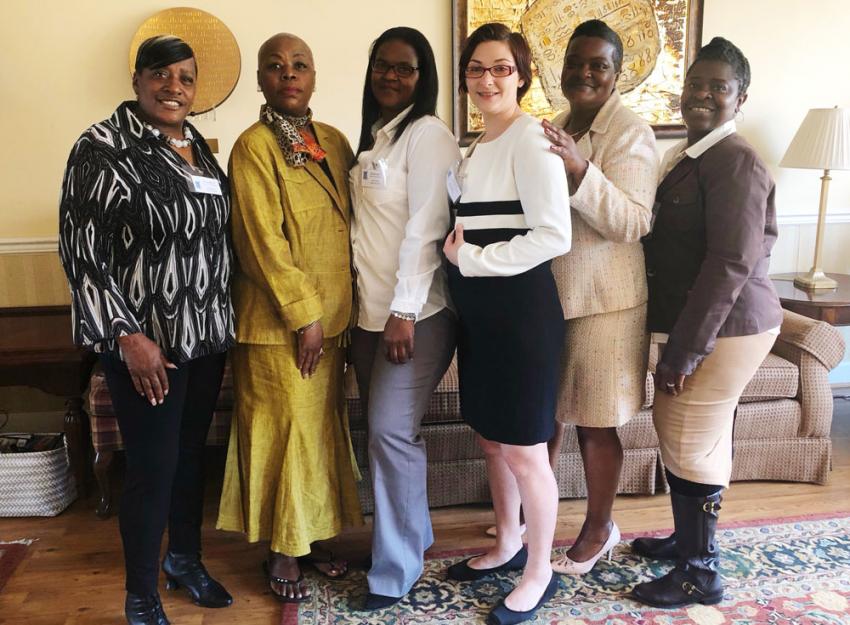The belief that people of one race are superior to those of another is abhorrent enough, but the situation is made worse when it seems that certain people among the marginalized race are treated like they're even somehow less valuable. That reality is salt in the wound for many African American women, including those in Baltimore, who feel people are more concerned about men of their race.
Ultimately, any discrimination is bad. The solution is not simply to balance the levels of discrimination, but to eliminate it through social change efforts.
Sisters in Baltimore are meeting the challenge of moving beyond reactive responses to proactive ones. While some may be called to protest injustice, these sisters work on the front lines of efforts that will transform lives and build a more just world.
1. Tell students that to begin this activity you'll need to count how many people there are in the room. Then count only adult males. If there are none in the room, simply say "zero" or "Nobody's here."
Explain:
- Throughout history, we'll discover some unique ways to count people. The method we just used reflects how the Gospel writers counted people in the famous Bible story about the time Jesus took five loaves and two fish and fed 5,000 men.
- The story is told in all four Gospels, and it's probably more amazing than that, because the count only includes men. In fact, Matthew's version says "those who ate were about 5,000 men, not counting women and children," while John's version points out that Jesus took the loaves from a boy who brought them — apparently the only person in the crowd sensible enough to bring food.
- The crowd likely was far greater, and what Jesus did would seem miraculous even if he was just feeding those of us here today. But in this way of counting, many of us here wouldn't count for anything.
2. Tell students that in this next activity, five students will be designated as "others" (to the extent possible, choose a diverse group of "others," including some members of the majority racial group in your class). Count all the other students out loud, then pointing to the "others," and say "and three more makes (total number)."
Explain:
- This method of counting reflects the way Americans were counted in 1787, when the U.S. Constitution was written. Article 1 of the Constitution states that only three of every five non-free people would be counted. The government counts people to determine how many representatives each state will get in Congress and how tax money will be collected and distributed.
- This way of counting shows that, in the eyes of the law, slaves weren't seen as fully human. On paper, they were only 60 percent human. In real life, they were treated as property that could be abused and sold, not as humans with rights and dignity.
- It took more than 80 years and a war that nearly destroyed the country until the Constitution was changed to outlaw slavery and give former slaves equal rights, including the right to vote. On paper, they were 100 percent human, but to this day, many African Americans are not treated humanely.
As students to consider how it feels not to count for something, or to be treated as less than equal. Then ask:
- What are some situations you've been in where your value or your rights haven't been equal to those of others?
- How did that treatment harm you, and how did it hurt the group or community that treated you like something less?
- When a person is treated as less than equal to begin with, what does it take to improve their situation?
Ask students to think back on a time when they or someone they're aware of have been treated as less than others. Then pray:
God of opportunities, give us all the opportunity to live freely and equally.
Help us to recognize the goodness in each other that comes from you alone.
Help us to count all others as equal in your eyes, and strengthen us so that we can count on each other to treat everyone with dignity.
Amen.
Please give us your feedback! Fill out a quick survey about this lesson and how we can serve you better. Remember that its title is "Fighting racism in Baltimore"
Tell us what you think about this resource, or give us ideas for other resources you'd like to see, by contacting us at [email protected]
